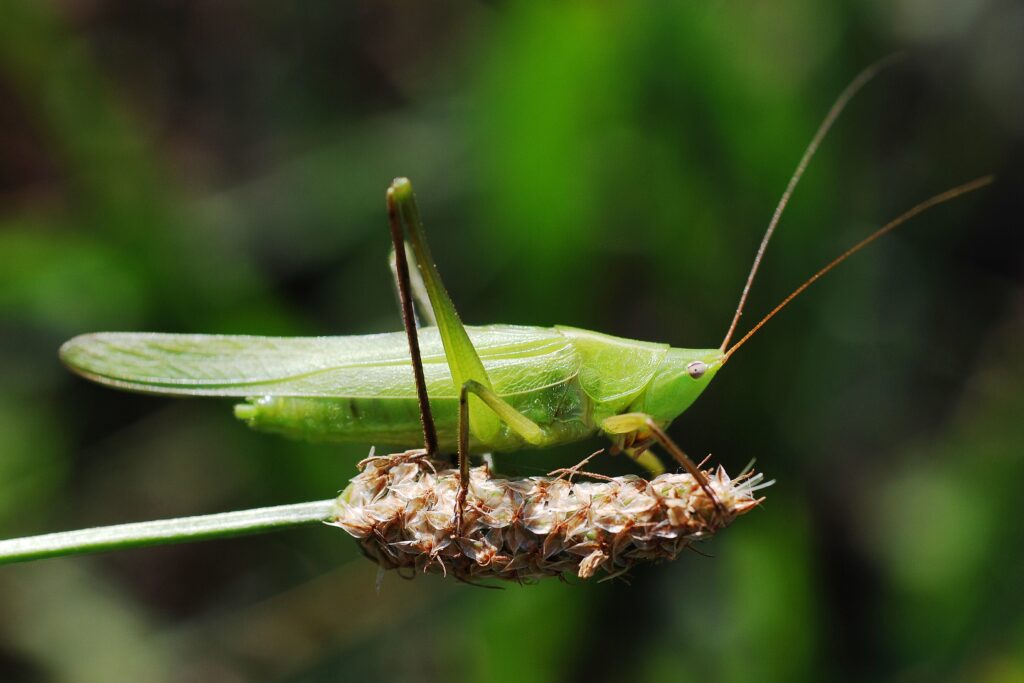STÉPHANE KOGUC / AFP VIDEOGRAPHICS / AFP
According to the Food and Agriculture Organisation (FAO) edible insects contain high quality protein, vitamins and amino acids for humans. Insects have a high food conversion rate, e.g. crickets need six times less feed than cattle, four times less than sheep, and twice less than pigs and broiler chickens to produce the same amount of protein. Besides, they emit less greenhouse gases and ammonia than conventional livestock. Insects can be grown on organic waste.
Not your typical recipe ingredients, but edible bugs could become Europe’s future buzz food.
It wouldn’t be a new concept; a third of the global population is already eating insects.
A total of 1,900 different species are consumed worldwide — with trades thriving in cities such as Bangkok and Kinshasa.

Insects are an abundant, healthy and nutritious alternative to meat or fish.
While beef has an iron content of 6mg per 100g, in locusts it varies from 8 to 20mg.
And crickets need 12 times less feed than cattle to produce equal levels of protein.
Harvesting insects has environmental and social benefits:
– They emit considerably fewer greenhouse gases, like methane, than most livestock
– Rearing them doesn’t necessarily mean clearing land
– And it’s a low-tech activity requiring little investment. This makes consumption and production possible for poor, landless communities even in urban areas.
But it can also be a lucrative business.
Quickly snapped up in Mexico City, ant larvae — also known as Mexican caviar — sell for up to $100 a kilo –
And bugs have already started to creep their way into high-end European restaurants.